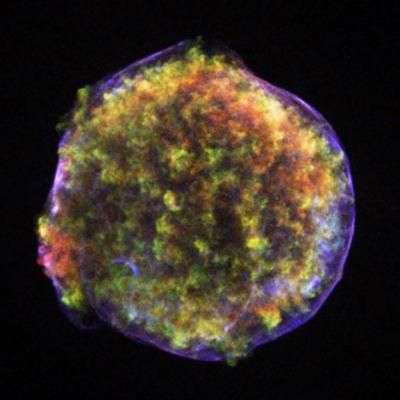
The phenomenon happens all the time in the universe, they say, but a study of zombie stars could aid astronomers and physicists in their search for so-called dark energy, which is thought to make up about three-fourths of the universe and which scientists believe is related to the expansion of the universe.
"We only discovered this about 20 years ago by using Type Ia supernovae, thermonuclear supernovae, as standard or 'calibrated' candles," Andy Howell, professor of physics at the University of California, Santa Barbara said. "These stars are tools for measuring dark energy. They're all about the same brightness, so we can use them to figure out distances in the universe."
Howell calls Type Ia supernovae "zombie" stars because they're dead, with a core of ash, but they come back to life by sucking matter from a companion star, a UCSB release said Thursday.
Astrophysicists are using Type Ia supernovae to study the history of the universe's expansion.
"What we've found is that the universe hasn't been expanding at the same rate," Howell said. "And it hasn't been slowing down as everyone thought it would be, due to gravity. Instead, it has been speeding up.
"There's a force that counteracts gravity and we don't know what it is. We call it dark energy."



Reader Comments
to our Newsletter